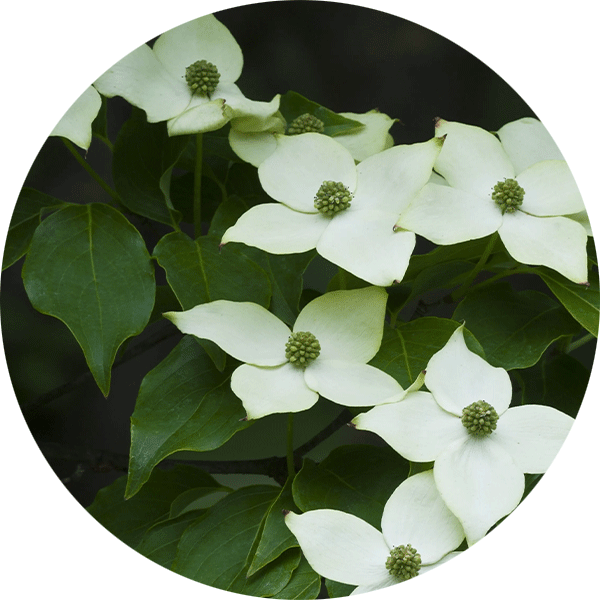Species Diversity
Species Diversity
The Niagara region is home to a remarkable array of plant and animal species. Some of the province’s most at-risk species of flora and fauna survive because of habitats in the Niagara River corridor.
We work closely with our partners, including the Ministry of Natural Resources and Forestry, the Canadian Museum of Nature, Environment and Climate Change Canada, Brock University, Niagara College, Niagara Peninsula Conservation Authority, Land Care Canada and Vineland Research Centre. Additionally, Niagara Parks staff participate with several Species-at-Risk Recovery Teams to help develop coordinated stewardship strategies for species from the Timber Rattlesnake to the Deerberry.
The Niagara Parks list of priority species at risk currently includes:
Fauna

Monarch Butterfly

Snapping Turtle

Eastern Meadowlark

Northern Dusky Salamander

Bobolink

Timber Rattlesnake

Allegheny Mountain Dusky Salamander
Flora

Swamp Rose Mallow

Eastern Flowering Dogwood

American Water Willow

Red Mulberry

Deerberry

Butternut
Invasive Species
Today, invasive species present some of the most pressing and potentially destructive threats to our indigenous wildlife and their habitats. While new invasive threats can arrive at any time, Niagara Parks is currently focused on fighting the insects and plants that pose the most immediate and significant threats.
Niagara Parks list of significant invasive threats includes:
- Emerald Ash Borer
- Hemlock Woolly Adelgid
- Spongy and Boxwood Moths
- Common Buckthorn
- Tree of Heaven
- Garlic Mustard
- Giant Hogweed
- Phragmites
- Oak Wilt

Green Grazers Initiative
Supported by the Niagara Parks Foundation, the Green Grazers initiative is a pilot project that explores the use of goats as a chemical-free, sustainable and low-impact solution for invasive species management. Niagara Parks launched the first phase of the Green Grazers Initiative in Fort Erie to target the removal of phragmites, an invasive plant species.
Efforts to Support Endangered Species
Chippawa Grasslands Bird Habitat Management Plan
With the drastic decline of grassland habitat and grassland bird populations throughout southern Ontario, there is an essential need to protect and enhance existing grasslands. The primary purpose of the Chippawa Grassland Bird Habitat Management Plan is to enhance existing grasslands on Niagara Parks property to support grassland dependent bird species.
Species at Risk Management
Niagara Parks is the steward of some of the highest concentrations of rare and endangered species in Ontario. From northern dusky salamanders to peregrine falcons and butternut trees, some of the province’s most at-risk species of flora and fauna survive because of habitats managed by Niagara Parks. Niagara Parks protects these species through a wide-ranging program of habitat conservation, collaborative research and public education.
Pollinator Garden Route
Building on the steadfast commitment to the environment and the preservation of the natural lands along the Niagara River Corridor, Niagara Parks established 12 pollinator gardens along the Niagara Parkway to provide habitat for pollinator species from bumblebees to hummingbirds, who play a crucial role in maintaining our environment. The gardens are connected through both the scenic Niagara Parkway and the Niagara River Recreation Trail, creating the Pollinator Garden Route which can be enjoyed by bicycle, foot, or automobile.
BioBlitz Events
BioBlitz events conducted at Whirlpool Golf Course and Dufferin Islands offered community members the opportunity to help document the diverse animal and plant species that support the biodiversity of each site. A “BioBlitz” is a citizen-science initiative to record as many species within a designated location and time period as possible. Through the use of the iNaturalist app, members of the public are able to upload photos from their phone of various plant and animal species, as well as access visual inventories of species that are common to a specific area to assist with identification efforts.

 Close and
Close and